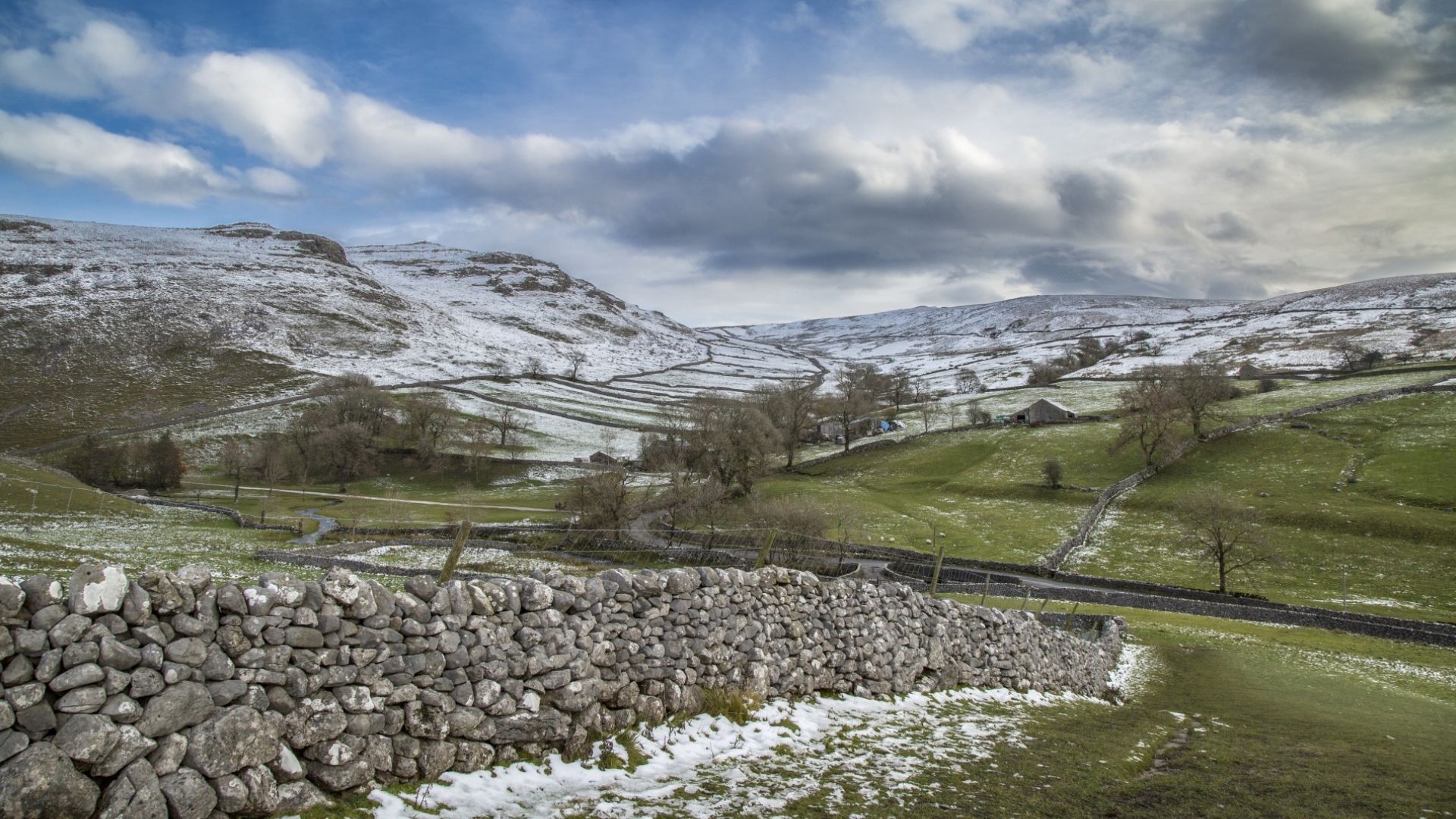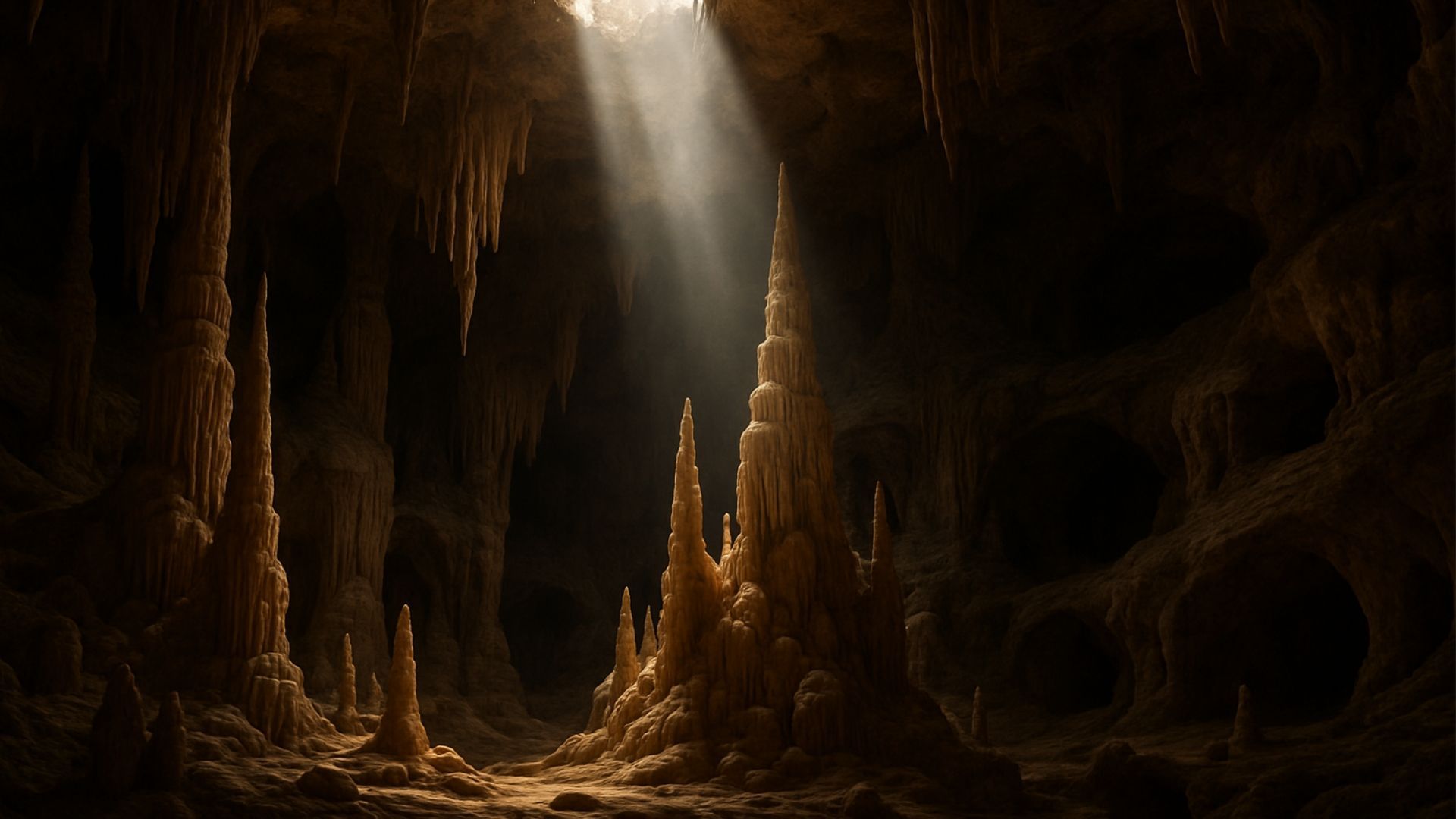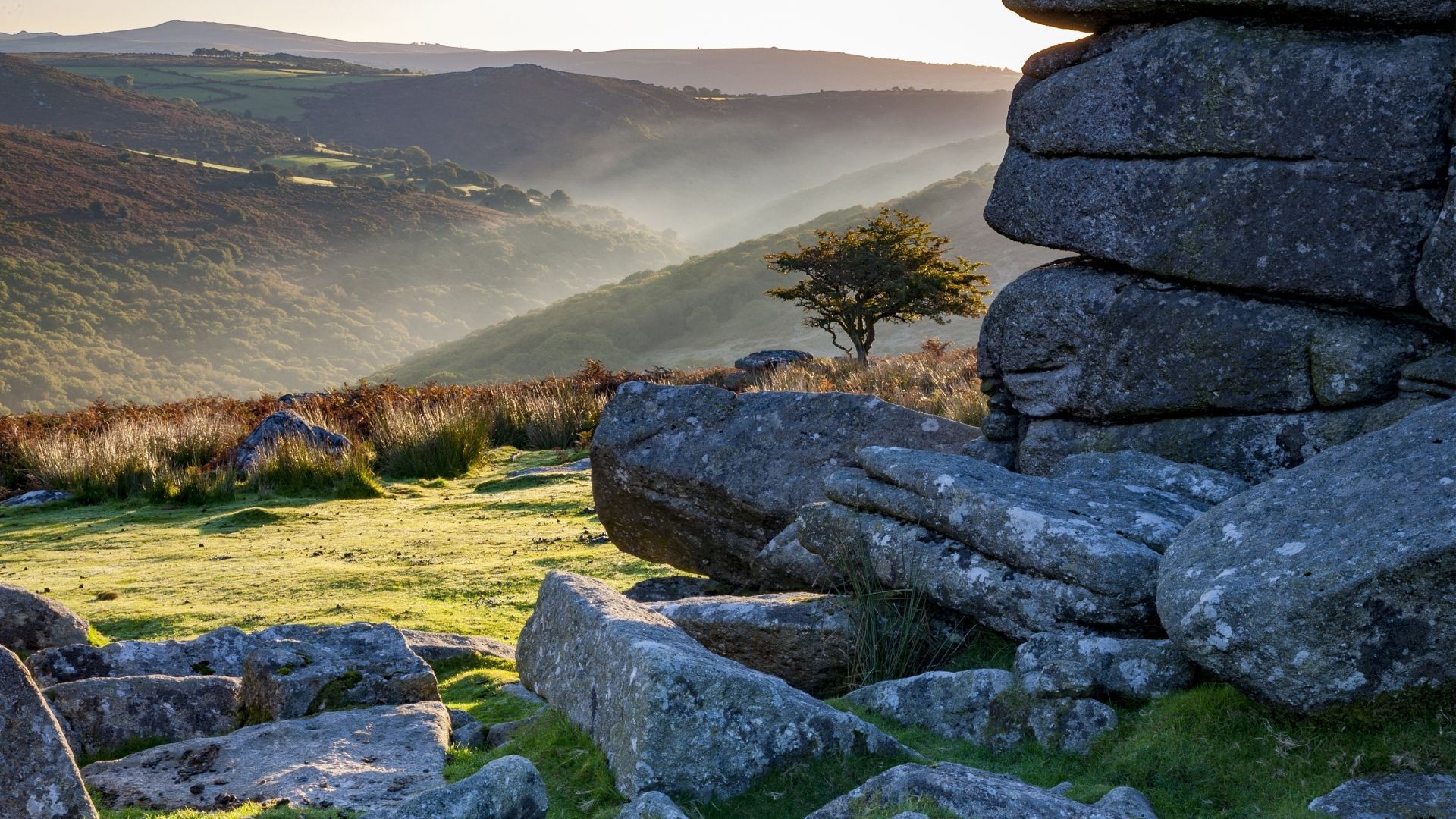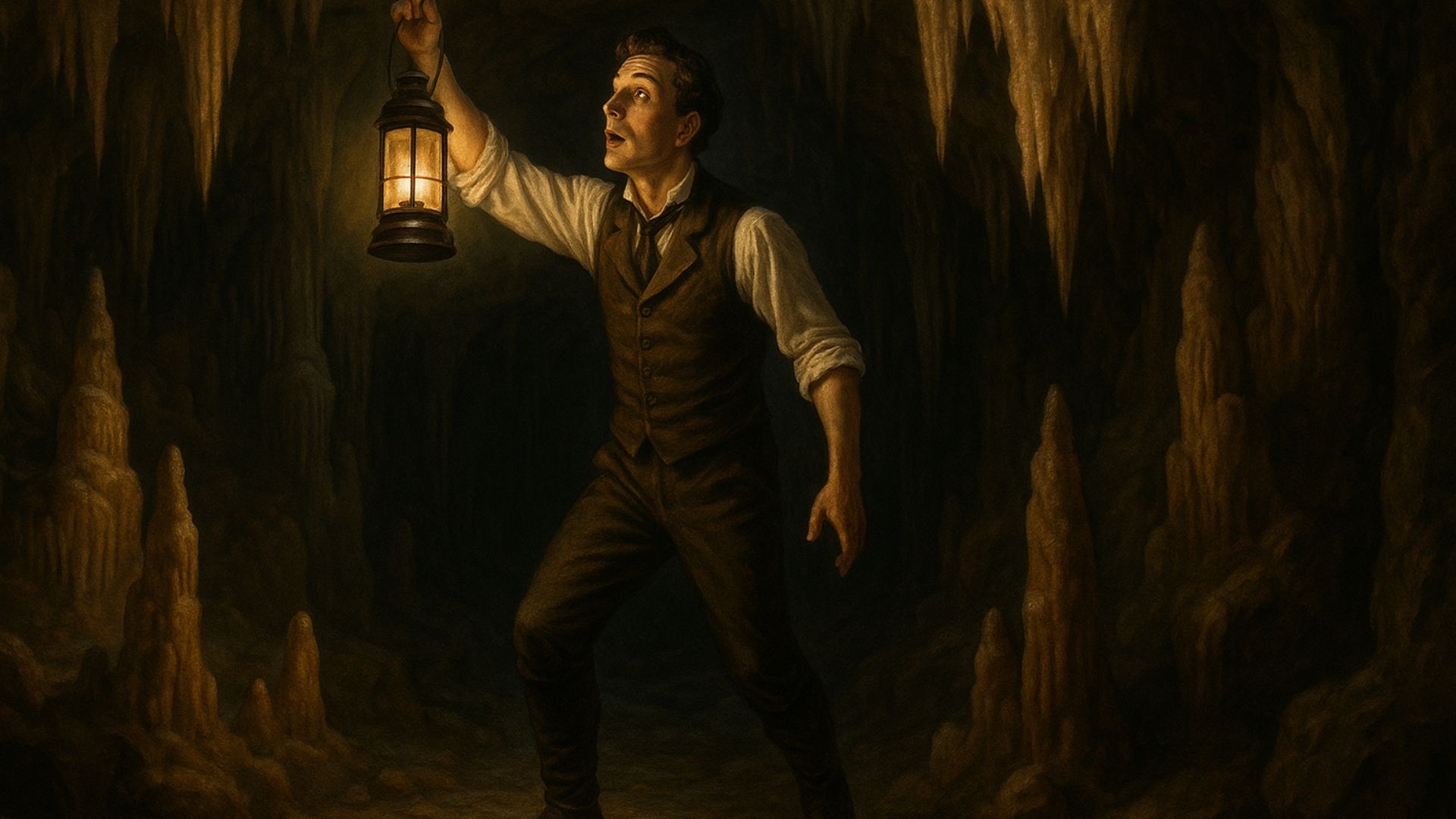Take a trip in our time machine and find out what one 13-year-old saw at Stump Cross Caverns back in 1935.
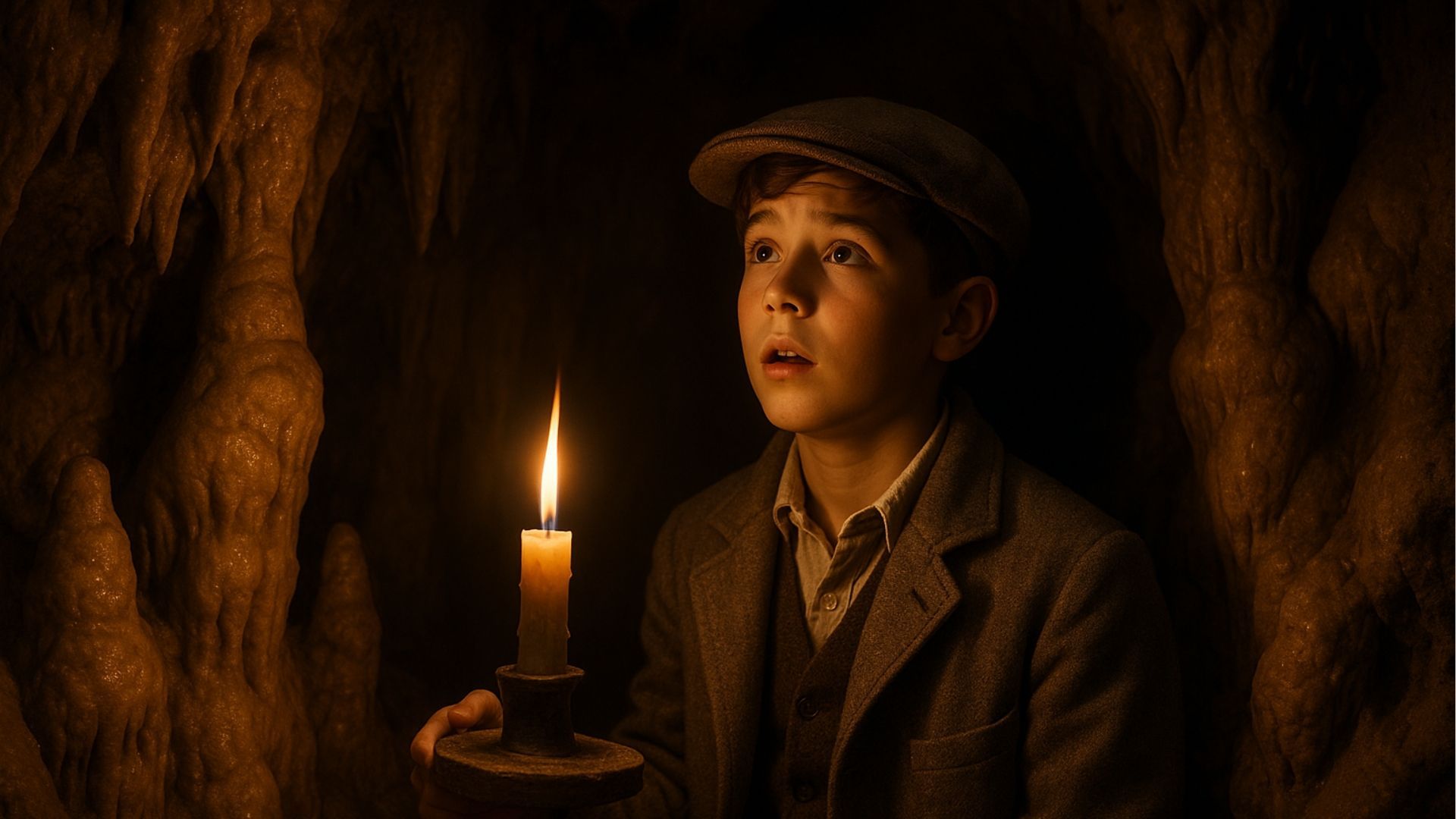
Every year, tens of thousands of people visit us here at Stump Cross Caverns, whether to take a tour of the show caves, participate in an event or a bit of both.
But did you know that Stump Cross Caverns has been open for business for more than a century? Discovered in 1860 by two local lead miners, it soon became a sought-after destination for everyone from specialist cavers to curious tourists.
Central to the Stump Cross Caverns story is the Craven Pothole Club. And one former member (now sadly passed away) has left us a fascinating account of his first trip to Stump Cross way back in 1935.
Hugh Bottomley was a passionate caver. His memories of Stump Cross were published in the
Craven Pothole Club Record in 2003. They shed an interesting light on what's changed – and what's stayed the same.
Hugh's first trip
Today, there are some
40 million cars on Britain's roads. But in 1935, there were just
2.4 million in a population of around
40 million.
So, when the father of one of Hugh's schoolfriends offered to take him and his younger brother Ted for a drive, you can imagine the excitement.
But it wasn't just the road trip that was new to Hugh. He had also never heard of Stump Cross Caverns. What he found, he writes, was a "strange world of adventure".
Some things, it seems, never change. That phrase could be used to describe the stalagmites, stalactites and other limestone formations in our caves at any point in its long history. But there was one big difference: lighting.
If you visit Stump Cross Caverns today, you descend into a well-lit environment. (You can also explore it by
UV light!) Back then, Hugh writes, "We were each given a lighted candle mounted on a piece of wood."
This only added to the sense of being "real explorers" as they threaded their way through the subterranean passageways. But it did mean some of the rock formations were, well, a little hard to see.
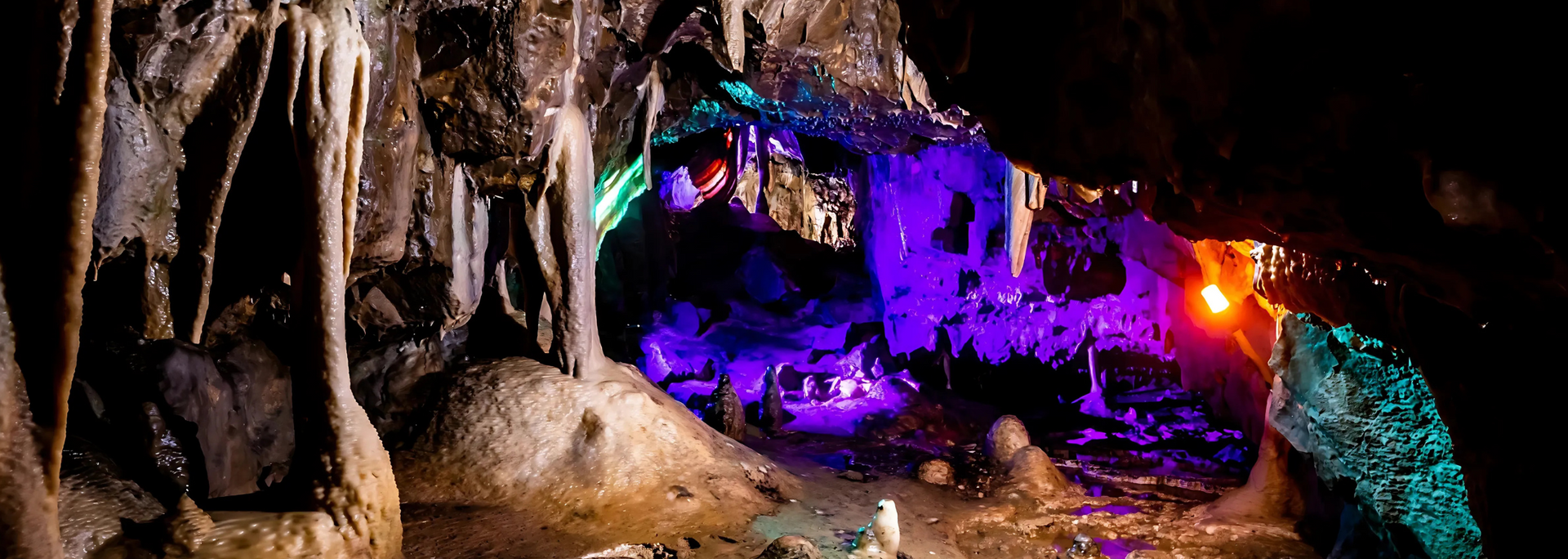
Stump Cross, you see, has a number of rock formations with nicknames: The Hawk, for instance, and the Sleeping Cat. By candlelight, however, these resemblances aren't hugely obvious. Hugh writes:
"To us lads, the 'wedding cake' was a bit far-fetched and we couldn't understand 'the cradle'. We stared in wonder at 'the jewel box', which the guide compared with a miniature cave grotto – but, of course, we didn't know what a cave grotto was."
Despite this, Hugh was hooked. "Perhaps", he says, "I was destined to be a potholer, for in less than 10 years, I became a member of the CPC thirsting to do some real potholing."
Later adventures
As an adult, Hugh did "much digging" at Stump Cross Caverns. Back then, the cavers would sleep in a wooden hut, warmed by their sleeping bags and a simple iron stove, before digging at night.
Hugh emphasises the team spirit and high spirits of caving. But he also makes clear the dangers it can involve.
One night, the lads were digging and removing stones to create a connecting passage when Hugh heard "an awful sucking noise above me". The source of the noise? A multitude of clay-covered stones detaching themselves from the cave roof and filling in the newly excavated tunnel.
This wasn't just a nuisance. It could have caused serious injury. Hugh took from this experience the lesson that you should never let enthusiasm overtake the necessary precautions. It's one we keep in mind as we
dig out C Chamber – the first addition to our show cave since the year 2000.
Photography in Reindeer Cavern
Reindeer Cavern is one of the most impressive of our show caves. So, it's no surprise that Hugh and friends went there to take some photos.
Taking the pictures was difficult – "a long and wearisome procedure", in Hugh's words – and involved moving a candle around in front of the camera lens to get the right shot.
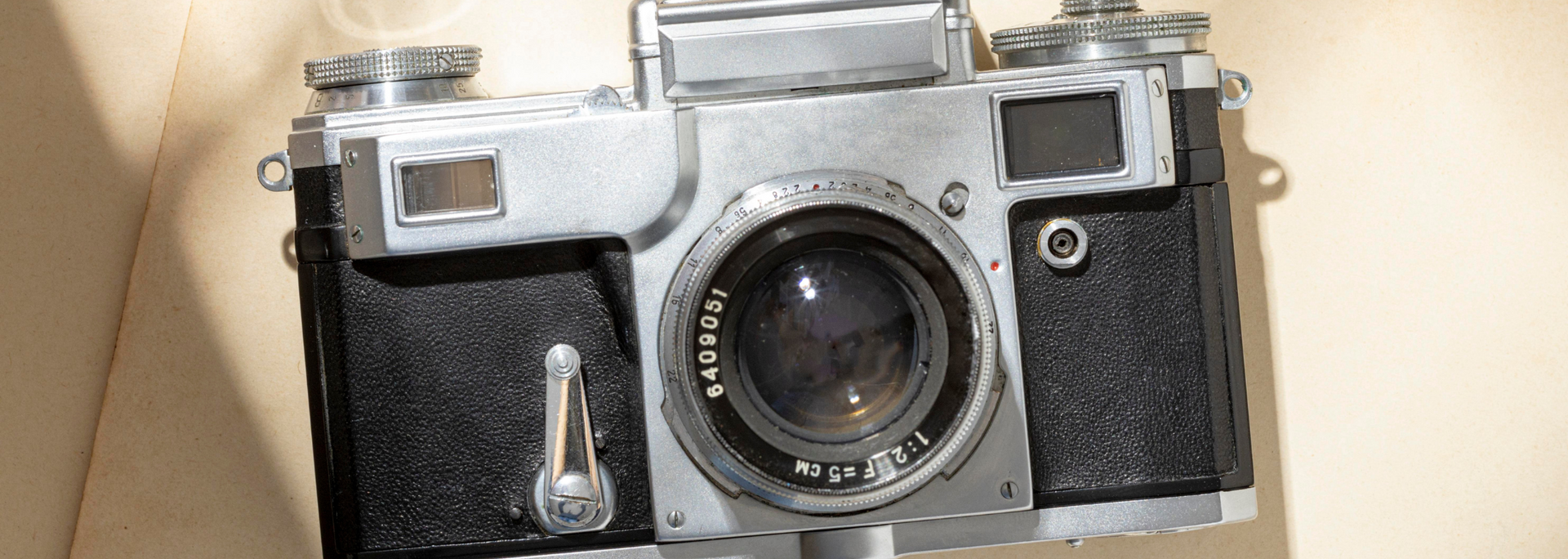
"Patience was required" – and strained, too, when Hugh's friend Ron Pringle realised he'd had his lens cover on the whole time. D'oh!
Hugh also visited Wolverine Cave "long before it was opened as a magnificent show cave" and recounts his trip to Mongo Gill on a cold winter's day.
He and Ron drove down to Mongo Gill from Scotland and wanted to get home before dark. But when they reached the ladder pitch, they were stuck in a queue waiting to get out.
Hugh managed to jump the queue by handing over his flask of coffee – a much-needed provision on a chilly day.
He ends his account of this trip by pointing to "an example of Club and Team spirit". One person would lifeline the next person out of the cave. That person would, in turn, lifeline the next. This meant that no one had to sit in the cold for too long.
When Hugh visited Stump Cross in later life, he was amazed at its transformation into the attraction you visit today. He mentioned the office, the kitchen, the fossil displays and the cafe with its commanding view of the Dales. We're proud to say it's grown even more since then.
About Hugh Bottomley
Born in the village of Oxenhope, West Yorkshire – about an hour's drive south from Stump Cross Caverns – Hugh Bottomley was a lover of the great outdoors.
He rambled. He cycled. He hill-walked. He potholed, of course. He was involved in the Youth Hostel Association and International Scout and Guide Club, as well as Craven Pothole Club. He also showed visitors around Gaping Gill cave.
Hugh
died in 2006, survived by his wife, five children and seven grandchildren. His account of visiting Stump Cross offers a fascinating glimpse into the way things were. Thank you, Hugh!
Looking for amazing
historical places to visit in Yorkshire? Stump Cross Caverns is an ancient cave network full of incredible rock formations and stories stretching back millions of years. Up for an adventure? You'll get the best price when you
book your tickets online.

